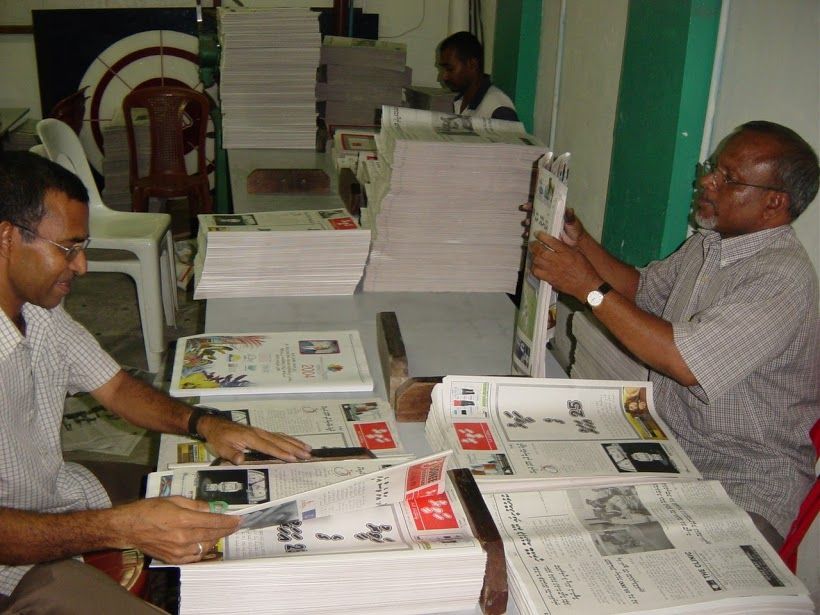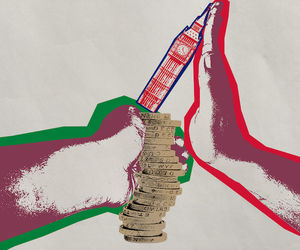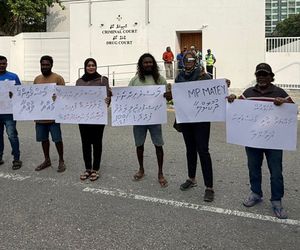Lost in translation: the story of Haveeru
Ali Rafeeq, Haveeru’s editor from 1987 – 2010, takes a look at the ownership dispute that has shut down the Maldives’ oldest newspaper.

24 May 2016, 9:00 AM
Farooq Hassan, Ibrahim Rasheed Moosa and Mohamed Naeem, three individuals who worked part-time for Haveeru in the early 1980s have won a claim to the Maldives’ leading independent paper, some 30 years after leaving it. They are now saying: “Haveeru is a tree that we planted and grew.” This is the most preposterous claim I have heard in recent times.
Their ownership claim was based on a 1983 document that set up a news agency, the Haveeru News agency.
As someone who has worked in Haveeru since 1983, I have a responsibility to tell Haveeru’s readers, and the public what I know, and what I have witnessed. Having served as the paper’s editor from 1987 – 2010, I have seen its operations at many levels, from the very early days, long enough to know how it came to be the most trusted news brand in the Maldives. I was also the editor of Haveeru Online, the country’s first news website, launched on January 1, 1997.
When the newspaper Haveeru was launched on January 1, 1979, its founder was Dr. Mohamed Zahir Hussain. Mr. Abdullah Sodiq served as the paper’s editor, and Novelty Printers printed the paper in offset until March 1981.
Become a member
Get full access to our archive and personalise your experience.
Already a member?
Discussion
No comments yet. Be the first to share your thoughts!
No comments yet. Be the first to join the conversation!
Join the Conversation
Sign in to share your thoughts under an alias and take part in the discussion. Independent journalism thrives on open, respectful debate — your voice matters.




